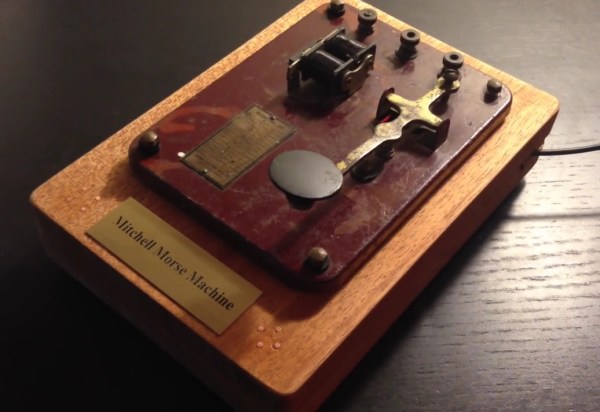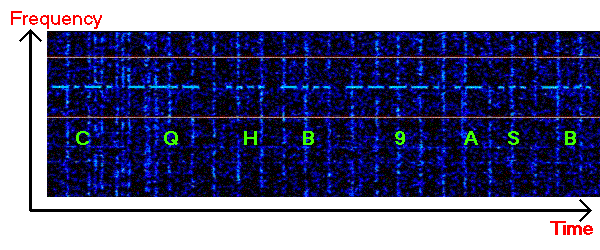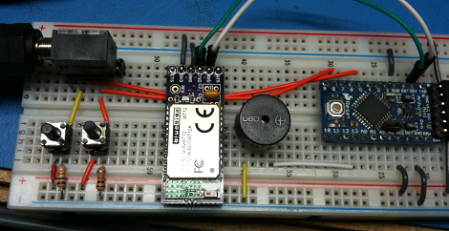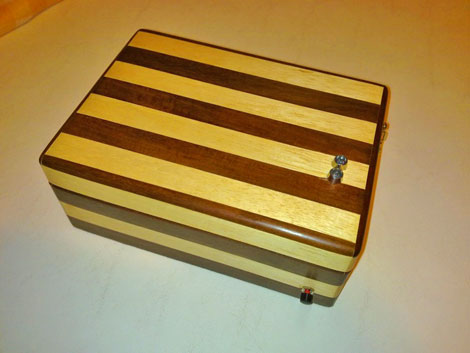[Kevin] recently scored a Morse code keyer/sounder unit from the 1920s on eBay. While many hams would love to use an old keyer for CW, [Kevin] took a different route and repurposed it into a wireless web-connected morse code keyer.
[Kevin] mounted an Arduino Yun under the keyer, which listens for user input and provides web connectivity. The Yun connects to [Kevin]’s open-source web API he calls “morsel,” which allows it to send and receive messages with other morsel users. When a message is keyed in, the Yun publishes it to the API. When another keyer queries the API for incoming messages, the Yun downloads the morse sequence and replays it on the sounder.
[Kevin] also added some copper electrodes to the top of his enclosure, which act as capacitive buttons while keeping the keyer’s old-school appearance. The left button replays the most recently received message, and the right button sets the playback speed. Check out the video after the break to hear and see the keyer in action.
Thanks for the tip, [Jarrod].
Continue reading “A Wireless Web-Connected Morse Code Keyer”

















